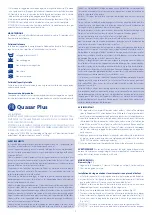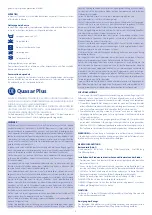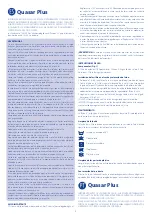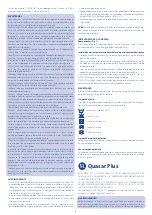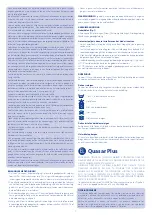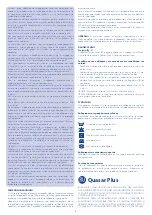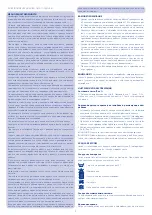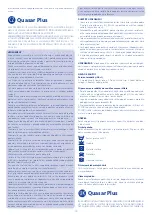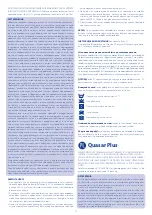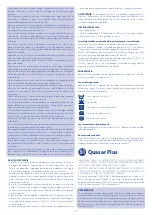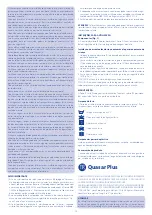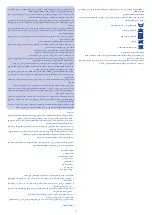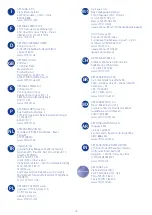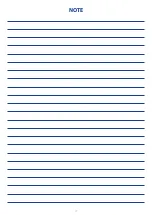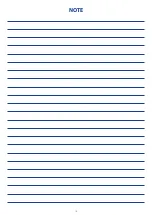
4
In der Maschine bei 30°C waschen
Nicht bleichen
Nicht im Trockner trocknen
Nicht bügeln
Nicht chemisch Reinigen
Reinigung der Kunststoffteile
Die Kunststoffteile dürfen nur mit einem mit Wasser oder einem neutralen Reiniger
angefeuchteten Tuch gereinigt werden.
Aufbewahrung des Produktes
Wenn der Kinderautositz nicht im Auto installiert ist, wird empfohlen, ihn an einem
trockenen Ort, von Wärmequellen und vor Staub, Feuchtigkeit und direktem Son-
nenlicht geschützt, aufzubewahren.
Quasar Plus
IMPORTANT: PLEASE READ THESE INSTRUCTIONS CAREFULLY BEFORE USE AND
KEEP THEM FOR FUTURE REFERENCE. FOR YOUR CHILD’S SAFETY, READ THESE
INSTRUCTIONS CAREFULLY.
WARNING: BEFORE USE, REMOVE AND DISPOSE OF ALL PLASTIC BAGS AND
PACKAGING MATERIALS AND KEEP THEM OUT OF REACH OF CHILDREN.
The “QUASAR Plus” child car seat is approved for “Groups 2 and 3” and the
transportation of children between 15 and 36 kg.
WARNINGS
The risk of serious injuries to the child increases, not only in the case of accidents,
but also in other circumstances (i.e.: sudden braking, etc.) if these instructions are
not followed carefully.
No child car seat can guarantee the total safety of your child in the event of an
accident, but the use of this product reduces the risk of serious injuries or death.
Always use the child car seat, fitted correctly and with the safety harness fastened,
including short journeys. In particular, check that the safety harness is tensioned
correctly, is not twisted and that it is fastened in the correct position.
Each country has different safety laws and regulations for the transportation of
children in cars. For this reason, it is recommended that you should contact your
local authority for further information.
An accident, even a minor incident, may cause damages to the child car seat, which
are not visible to the naked eye: it is therefore necessary to replace the child car seat.
Do not use second-hand child car seats: they may have suffered structural damages
not visible to the naked eye, which could compromise the safety of the product.
The child car seat must be replaced if it is damaged, deformed, worn out or if any of
its parts are missing, since it may no longer comply with the original safety standards.
This product must not be modified in any way, unless the modification is approved
by the manufacturer. Do not install accessories, spare parts or components not
supplied or approved by the manufacturer.
Do not use anything, for example pillows, blankets, etc., to distance the child car
seat from the car seat or to distance the child from the child car seat: in the event
of an accident, the child car seat may not operate correctly.
Check that there are no lose objects between the child car seat and the car seat
or between the child car seat and the door of the car.
Check that folding, adjustable or rotating car seats are secured correctly.
Do not transport loose or unsecured objects or baggage on the back shelf of the
vehicle: in the event, of an accident or sudden braking, they may injure the passengers.
Do not let children play with the components or parts of the child car seat.
Never leave your child unattended in the car, it can be dangerous!
Do not carry more than one child at a time in the child car seat.
Ensure that all the car passengers fasten their seat belt, for their own safety and
because, during the journey, they may injure the child in the event of an accident
or sudden braking of the car.
Check periodically that your child does not unfasten the buckle of the safety harness,
or that it does not tamper with the child car seat or any of its parts.
Avoid giving food to your child while travelling, in particular lollypops, ice lollies
or other foods on sticks: it may injure your child in the event of an accident or
sudden braking.
On long journeys, it is recommended to make frequent stops: children tire very
easily in child car seats and need to move. It is recommended to let your child in
and out of the car from side pavement, not traffic road side.
Do not remove any labels or brands from the child car seat cover to avoid damaging
the fabric.
Prolonged exposure of the child car seat to direct sunlight may cause the materials
or fabric to fade.
If the vehicle has been left in the sun, check that the different parts of the child car
seat are not too hot: in such an event, let the child car seat cool down first before
placing the child into it, in order to avoid burns.
When the child car seat is not in use inside the vehicle, it should be stowed in
the car’s boot. A child car seat left on the car seat or on the back shelf of the
vehicle may be a source of danger for the passengers in the event of an accident
or sudden braking.
Each country has different safety laws and regulations for the transportation of
Children in cars. For this reason, it is recommendedthat you should contact your local
authority for further information.
IMPORTANT WARNING
1. This is a “Universal“ child restraint. It is approved to Regulation No. 44.04 series of
amendments, for general use in vehicles, and it will fit most, but not all car seats.
2. A correct fit is likely if the vehicle manufacturer has declared that the vehicle is
capable of accepting a “Universal” child restraint for this age group.
3. This child restraint has been classified as “Universal” under more stringent conditions
than those that were applied to earlier designs not displaying this notice.
4. Only suitable if the vehicle is fitted with a 3-point static or 3-point retractor safety
belt approved to UN/ECE Regulation No. 16, or other equivalent standards.
5. If in doubt, consult either the child restraint manufacturer or the retailer.
WARNING!
In case of use in vehicles equipped with rear seat belts with integrated
airbags (inflatable belts) follow the vehicle manufacturer’s instructions.
INSTRUCTIONS FOR USE
Components (diag. 1)
A.Child car seat, B.Armrests, C.Fabric cover, D.Velcro fasteners, E.Belt guide, F.Strap
of the belt guide
How to fit the child car seat into the car and sit the child in the seat
1. Place the child car seat (A) on the car seat, as close as possible to the backrest
of car seat.
2. Sit the child into the child car seat and adjust the length of the belt (F), in
such a way that the belt guide (E) is at the same height as the child’s shoulder.
3. Fasten the safety belt of the car, paying attention to slide the abdominal section
of the belt under the armrests of the child car seat (B).
4. Slide the diagonal section of the safety belt through the belt guide (E) (diag. 2 and 3).
WARNING! Check that the strap of the belt is not twisted.
WARNING! Ensure that the safety belt of the car is tensioned correctly to ensure
maximum protection to the child.
CARE AND MAINTENANCE
The fabric cover (C) is attached to the seat with Velcro fastenings (D), which are
located on the front and rear parts of the fabric cover.
How to Clean the Fabric cover
The child car seat’s fabric cover can be removed and cleaned. Please refer to the
care label for instructions on cleaning the seat fabric.
Machine washable at 30°
Do not bleach
Do not spin dry
Do not iron
Do not dry clean
How to Clean the Plastic Parts
Clean the plastic parts with a soft, damp cloth or a neutral detergent.
Storing the Product
When it is not fitted into the car, it is recommended to store the child car seat in a dry
place, away from sources of heat and to protect it from dust, humidity and direct sunlight.
Содержание Quasar Plus
Страница 8: ...8 44 04 3 UN ECE 16 1 A B C D velcro E F 1 2 F 3 4 2 3 C velcro D 30 C Quasar Plus QUASAR PLUS 2 3...
Страница 9: ...9 15 36 1 44 04 2 3 4 UNI ECE 16 5 1 A B C D E F 1 2 F 3 4 2 3 D 30 C...
Страница 15: ...15 w w w w 16 UN ECE w 1 w w w w w w A 1 E F 2 3 B 3 2 E 4 D C 3...
Страница 17: ...17 NOTE...
Страница 18: ...18 NOTE...
Страница 19: ...19...


